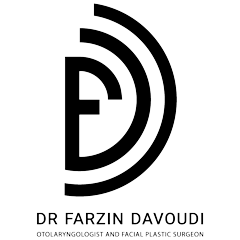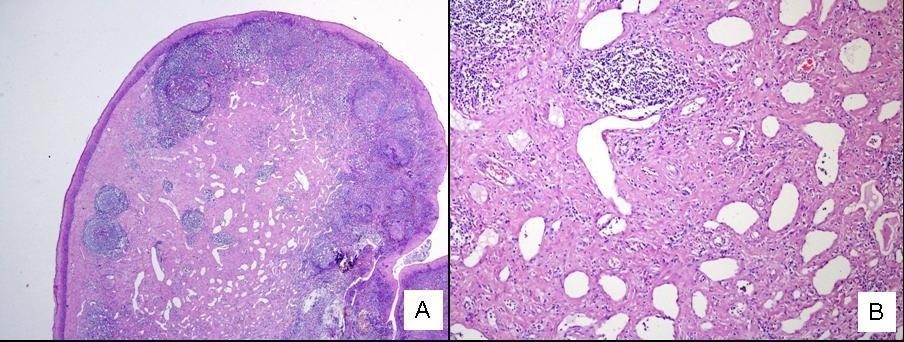According to Dr. Farzin Davoudi’s official website, endolymphatic sac tumors (ELSTs) are rare and aggressive epithelial tumors originating from the endolymphatic sac of the inner ear and the temporal bone. Fewer than 300 cases have been reported worldwide. This article, published in the Journal of Otorhinolaryngology and Facial Plastic Surgery, presents a rare case of ELST in a 15-year-old girl with symptoms of hearing loss and facial paralysis.
Significance of the Article:
Endolymphatic sac tumors are considered clinically significant due to their rarity and invasive nature. They can infiltrate various parts of the ear and brain, presenting symptoms such as hearing loss, vertigo, and seventh cranial nerve palsy. The value of this article lies in its contribution to raising awareness among physicians, aiding in early diagnosis and appropriate treatment to prevent severe complications.
Case Description:
The patient was a 15-year-old girl who presented to the hospital with right-sided hearing loss and facial paralysis. These symptoms had gradually worsened over a two-year period. Imaging studies, including CT scan and MRI, revealed an ELST in the right ear, extending into both the internal and external ear structures as well as parts of the brain. The tumor was completely excised through surgery, and the patient was placed under regular follow-up care.
Outcomes:
Following successful surgery, the tumor was entirely removed. Pathological analysis confirmed the diagnosis of a papillary-type endolymphatic sac tumor. After six months of follow-up, there was no evidence of tumor recurrence, and the patient showed gradual improvement. Surgical intervention was confirmed as the primary and effective treatment option, yielding favorable results.
Conclusion:
This study by Dr. Farzin Davoudi and his colleagues highlights a rare case of endolymphatic sac tumor and demonstrates that surgery can be an effective primary treatment with positive outcomes. The article serves as a valuable reference for physicians and surgeons in recognizing and managing similar cases with timely and accurate intervention.
Access to the Full Article:
The article is available online in the Journal of Otorhinolaryngology and Facial Plastic Surgery. To view the full text, please follow the link below:









